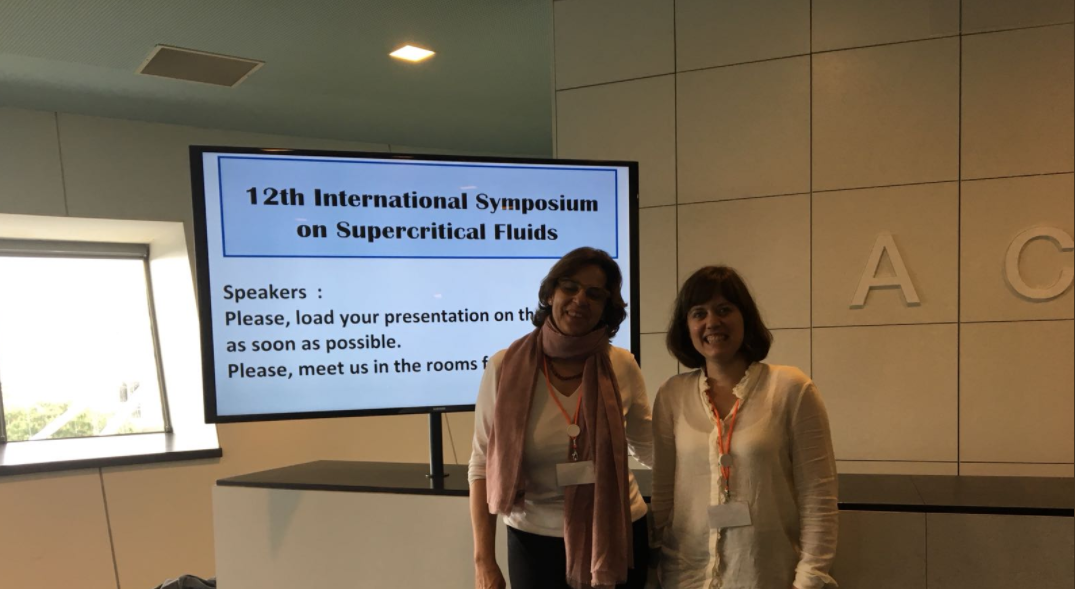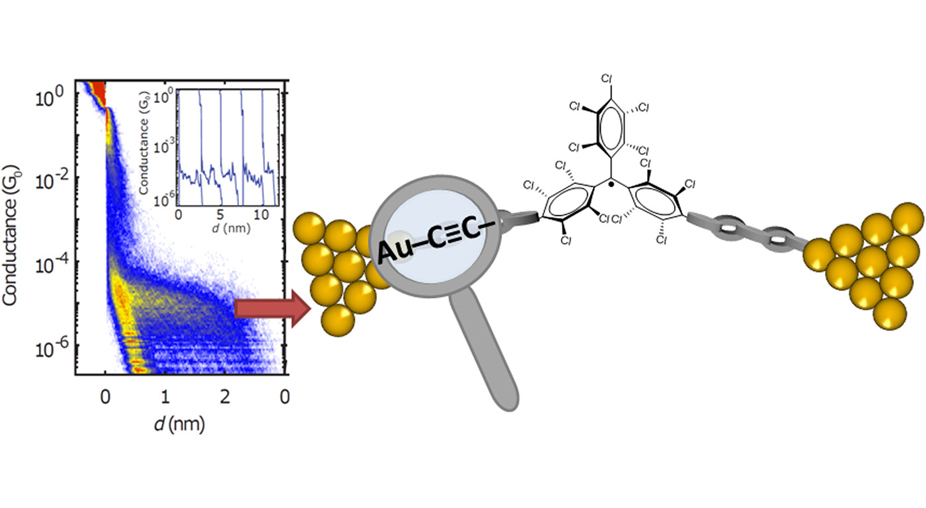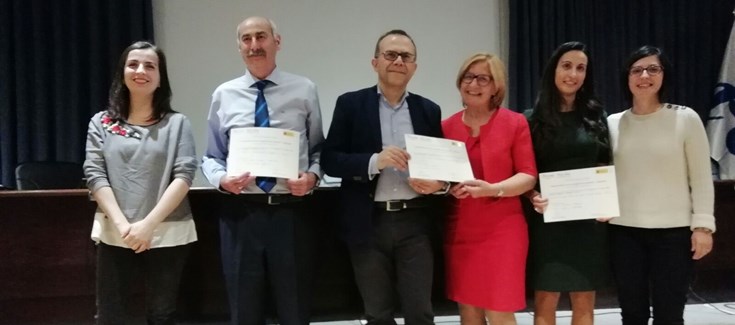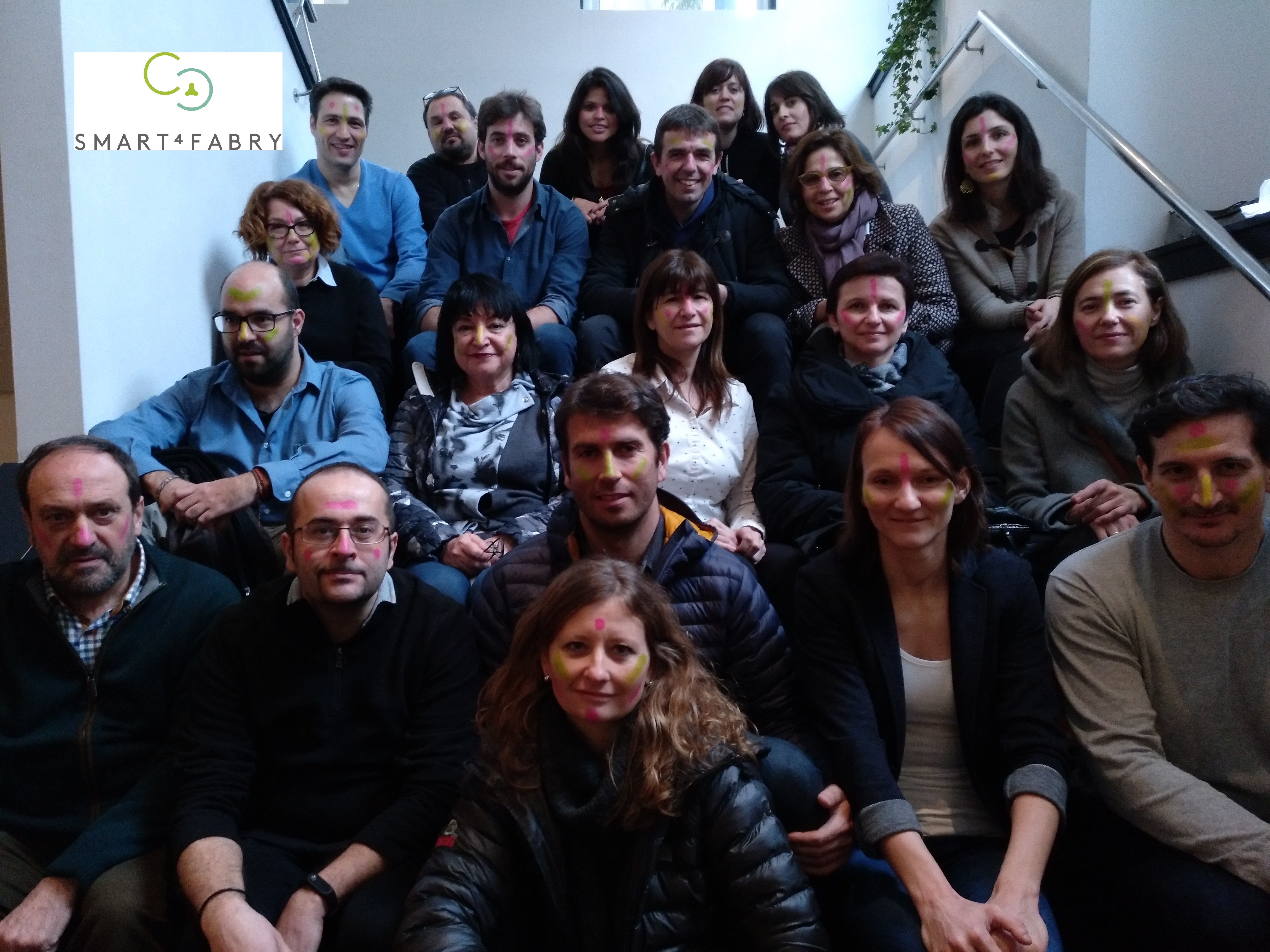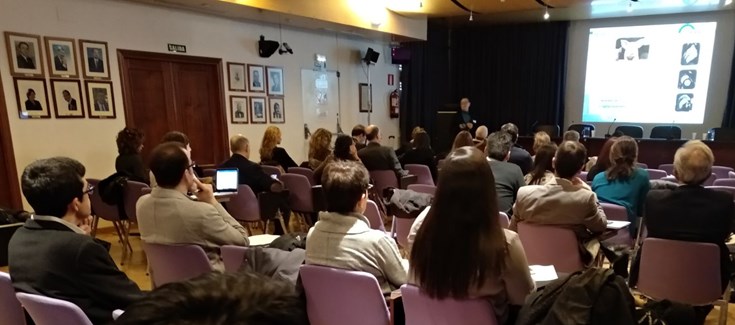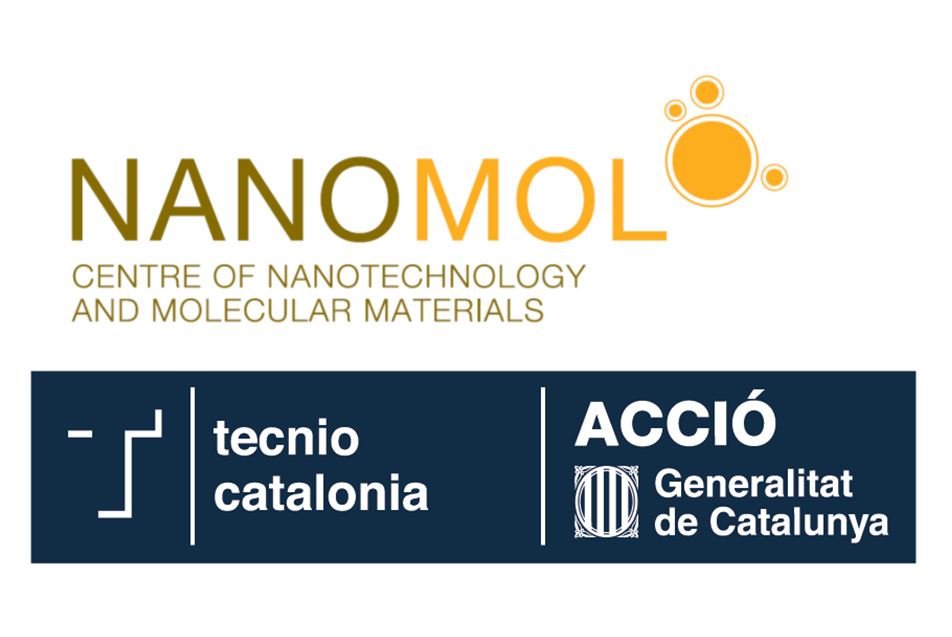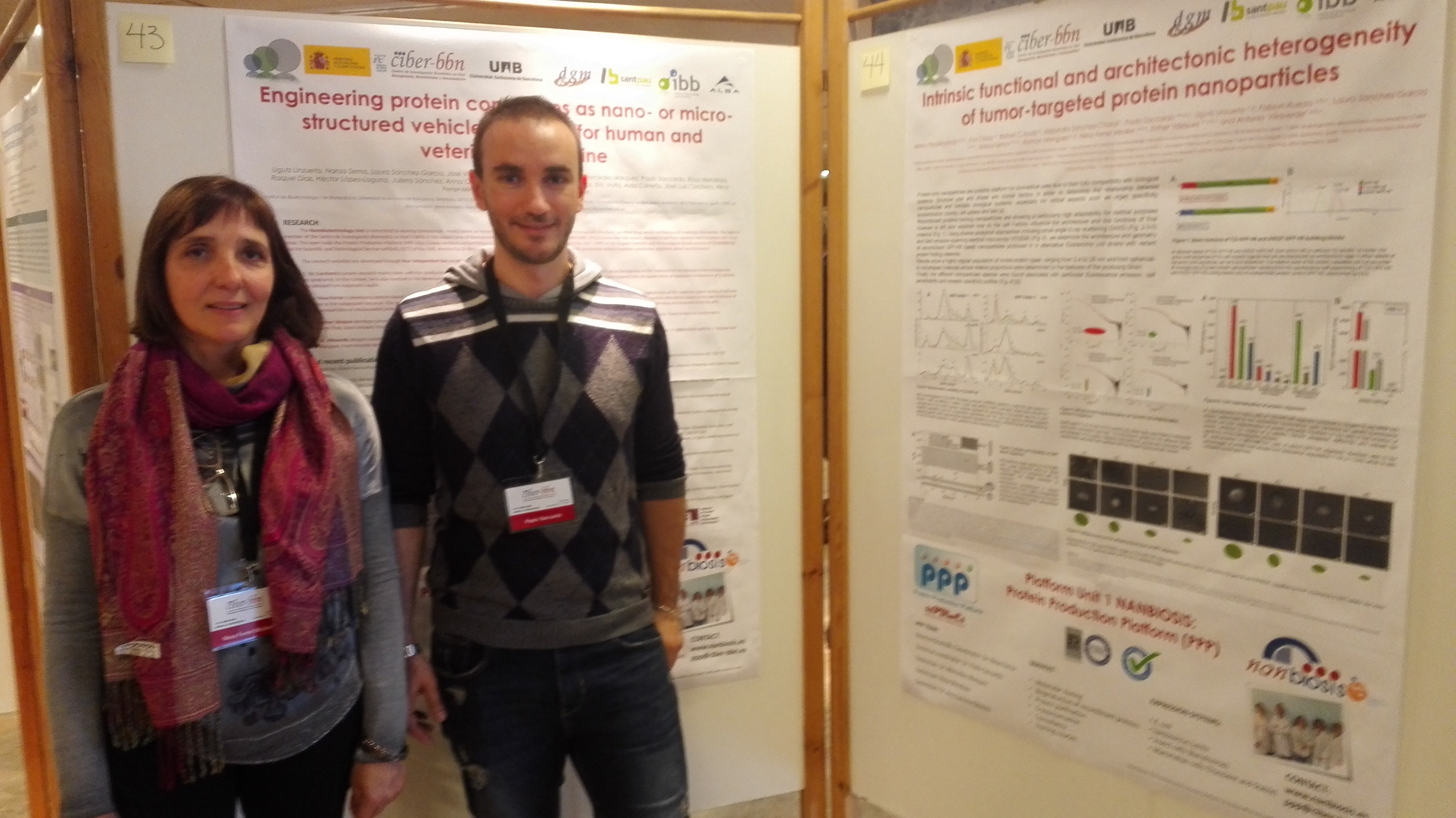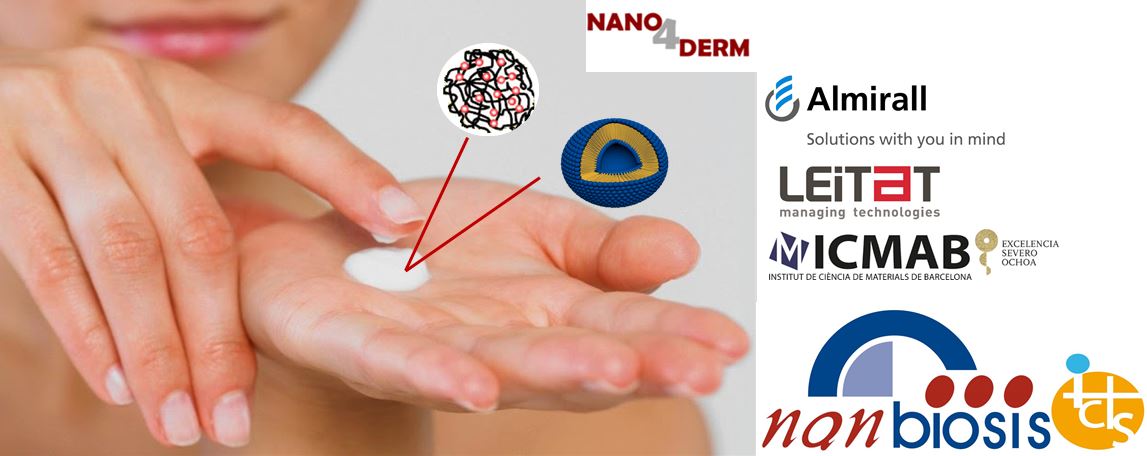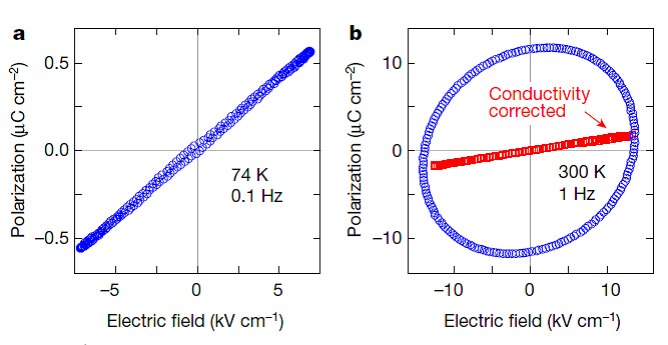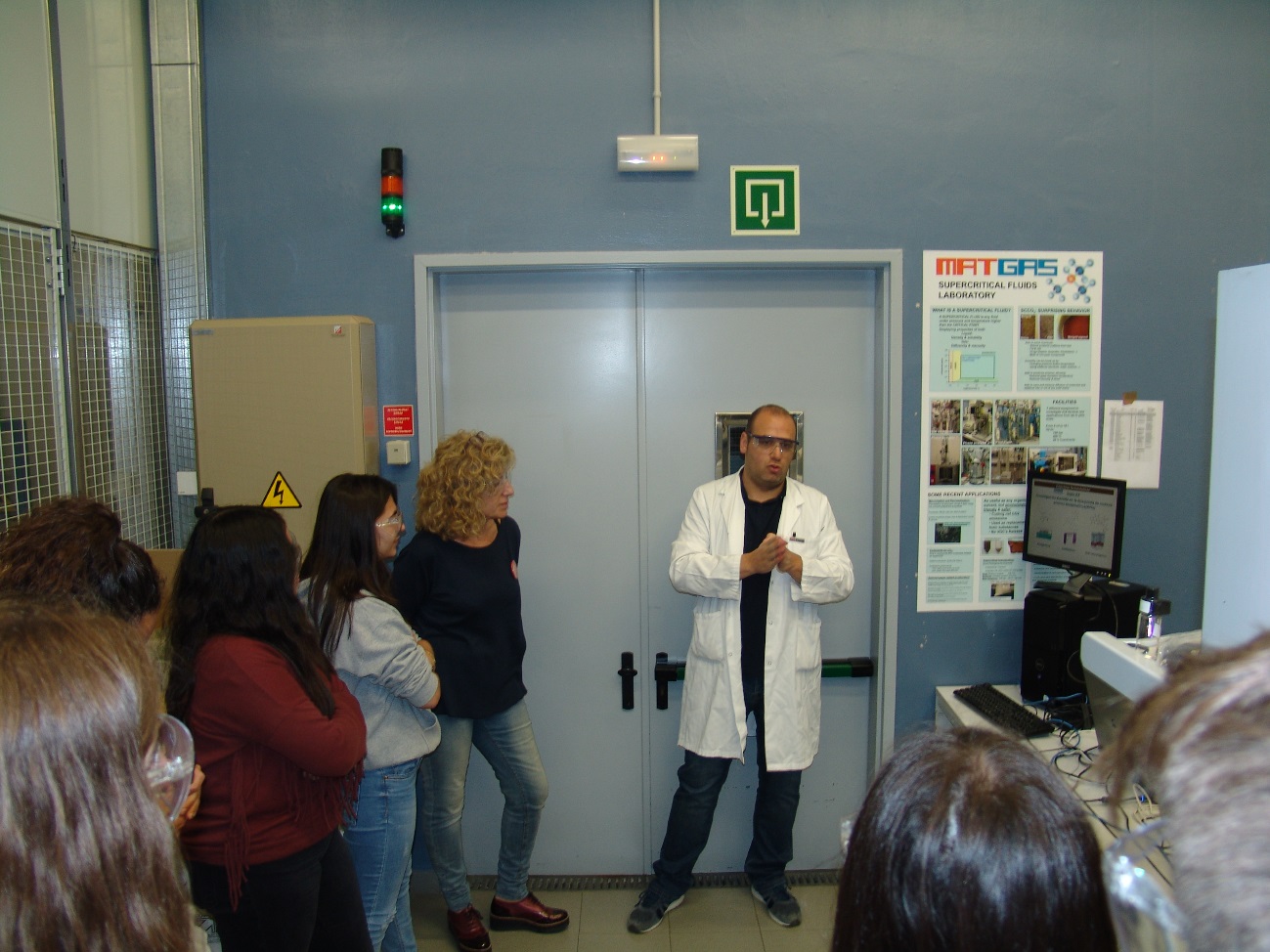Nora Ventosa, Scientific Director of NANBIOSIS U6, presented the Smart4Fabry project to the compressed fluids community
Last 25th April, Nora Ventosa, Scientific Director of NANBIOSIS U6. Biomaterial Processing and Nanostructuring Unit, presented Smart4Fabry project to the compressed fluids community at the 12th International Symposium on Supercritical Fluids in Antibes, France.
This event is held every three years, gathering investigators from all domains with the aim to promote knowledge and applications of Supercritical Fluids.
According to the ISASF, International Society for Advancement of Supercritical Fluids, “a fluid is called “supercritical” when both its pressure and temperature are over its critical pressure and temperature. It is monophasic and exhibits specific properties, different from those of liquids and gases. Supercritical fluids have a high solvent power vis-à-vis many compounds, at the difference with compressed gases. This solvent power can be easily modified by changing the pressure, what permits to design very selective processes leading to high-quality products”.
